
Japanese Motifs with Fall Inspiration
Written by Team MUSUBI
Each country around the world has its own distinctive sense of seasons, and in Japan, the four seasons of spring, summer, fall, and winter have their own distinctive motifs.
Fall in Japan is a deeply aesthetic reflection of the melancholic feeling behind the transition toward winter, aligned with the philosophy of wabi sabi. Many works of Japanese art poetically express the sentiment of longing for a loved one or hometown as the trees change color and dance down, and the weather gradually becomes chilly.
Here are some motifs that perfectly express the essence of autumn in Japan, along with captivating items that showcase these designs, inspired by the season of harvest and moon viewing in Japan.
tables of contents
Botanical Motifs
Nature always shows us the expressions of the changing seasons.
Maple Leaf

The hue of maple leaves is one of the most symbolic colors of fall foliage in Japan. Their fiery red stands out vividly, creating a striking vista across gardens and landscapes.
In Kyoto, especially in temples and their gardens, the season of fall maple leaves is highly favored by tourists, much like cherry blossoms in spring, as it reflects the historical landscape even more poetically. Maple leaves are a motif that beautifully evokes the essence of an unforgettable fall season.
Ginkgo Leaf

Ginkgo leaves are also a popular feature of the fall colorscape, second only to maples. Unlike trees that turn red, ginkgo leaves transform into a bright golden yellow, creating a splendid display. Ginkgo-lined avenues are common in Japanese urban areas, and in fall, they become dramatic places where golden leaves dance through the air.
Ears of Grasses

Ears of silver grass, rice, wheat, and other plants form the characteristic fall countryside landscape of Japan. While in the West, silver grass is often found in large garden plants like pampas grass, in Japan, it frequently grows in clusters along riversides and other waterfront areas, with its silvery ears waving in the fall breeze.
Rice is harvested in the fall, and the drooping ears have long symbolized abundance and satisfaction for Japanese farmers. The sight of fully ripened rice fields is emblematic of traditional Japanese culture.
Chrysanthemum

Chrysanthemum is a flower that represents fall in Japan and has long been revered as an emblem of the Imperial family, even being featured on Japanese passports.
On September 9th, an annual custom called Chou-you-no-Sekku revolves around the chrysanthemum flower. This tradition includes drinking sake infused with chrysanthemum petals, believed to have sterilizing and anti-aging properties, to pray for health and long life. Another old custom involved filling pillows with chrysanthemum flowers to sleep surrounded by their soothing fragrance.
Autumn in Japan is also filled with chrysanthemum-related events, such as the Chrysanthemum Flower Exhibition, where horticulturists showcase their meticulously cultivated, magnificent blooms.
Food Motifs
Fall is known as the season of harvest and brings an abundance of delicious dishes made from freshly gathered ingredients. These foods also serve as delightful and engaging motifs that capture the essence of autumn.
Kabocha Squash

Kabocha squash is one of the most representative food motifs of fall in Japan as it is in the West. Squash is a well-known food motif of fall in Japan, just as it is in the West. In Japan, common ways to enjoy squash include stewing, baking, or using it as an ingredient in sweets. Known as a symbol often used by Kusama Yayoi, the contemporary Japanese artist, kabocha motifs have become increasingly popular in recent years.
Persimmon

Persimmon is a widely favored fruit and has long been a cultural symbol in Japan, featured in various anecdotes and fairy tales since ancient times. In the Japanese countryside, persimmon trees are commonly planted in private homes, and in the fall, it's a familiar sight to see people harvesting the fruit and drying it under their eaves to make dried persimmons with concentrated sweetness.
Mushrooms

In Japan, a wide variety of mushrooms are enjoyed on the dinner table, including shiitake, shimeji, eringi (king oyster mushrooms), matsutake, and others with diverse shapes, textures, and flavors. These mushrooms are prepared in many ways, such as stir-frying or cooking in a pot, making them a beloved part of fall in Japan.
Mushrooms are a popular motif in Japan, often featured in designs and characters due to their adorable appearance, resembling dolls or dwarves wearing hats. They are also a favorite theme in home decorations, symbolizing the fall season and the time of harvest.
Moon Motifs

During the fall season in Japan, there is less rain, allowing the moon and stars to shine clearly in the night sky. The Japanese fall moon is particularly dazzling, and in October, a custom called Chu-shu no Mei-getsu, a Japanese Mid-Autumn Festival, is observed to celebrate and appreciate the moon's beauty. This tradition involves offering sweet rice dumplings to the full moon and decorating an altar with silver grass.
Rabbit Motifs

Rabbits hold a special place in Japanese culture, frequently appearing in traditional motifs, particularly in connection with the moon. This motif is widely used in various forms of art and decoration. The association with the moon further enhances its cultural significance, making it an endearing and soothing symbol in Japanese aesthetics.

The phrase "Who found a little autumn?" is an English translation of a classic Japanese children's song. The song captures the subtle arrival of fall through small details like birdsong, the sound of the wind, and the changing colors of autumn leaves, while also conveying a touch of melancholy.
In Japanese music and haiku, autumn often evokes a sense of sadness. However, it is also a time for enjoying seasonal foods and outdoor activities, celebrating the pleasant autumn weather.
What kind of autumn can you discover in your world? Let's savor the arrival of fall with our eyes, ears, and palate, and bring its essence into your autumn interior and table settings.









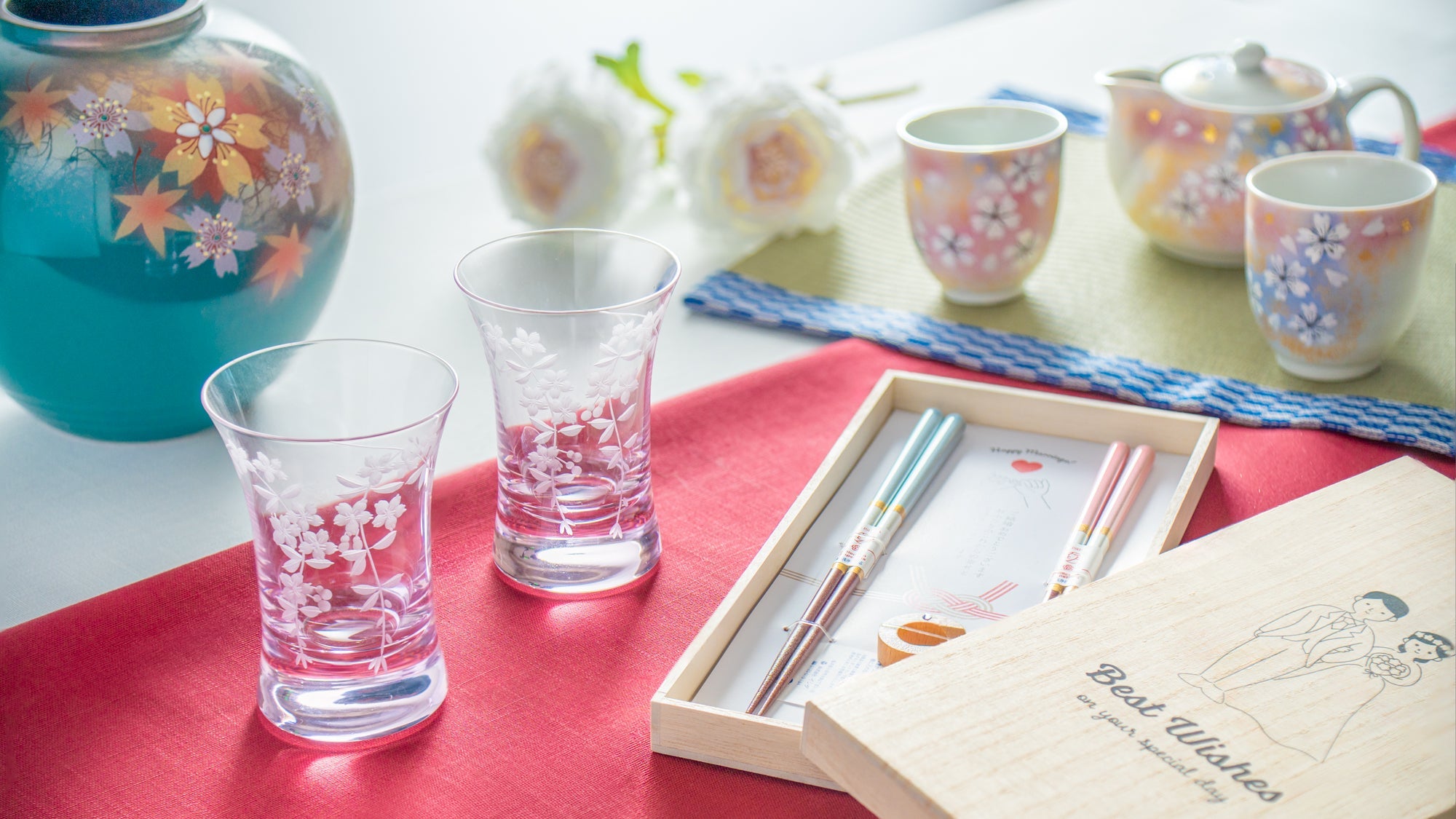
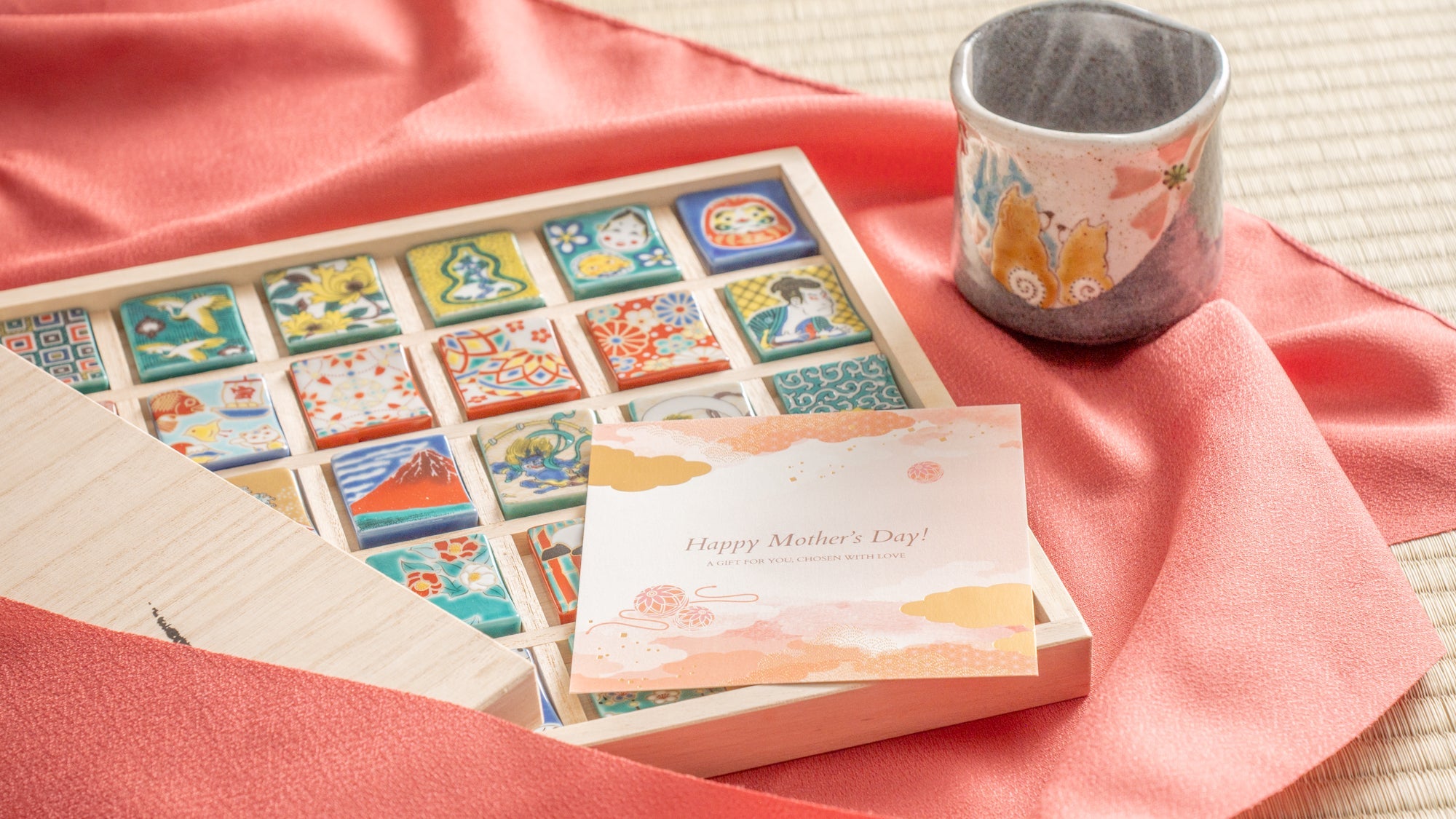
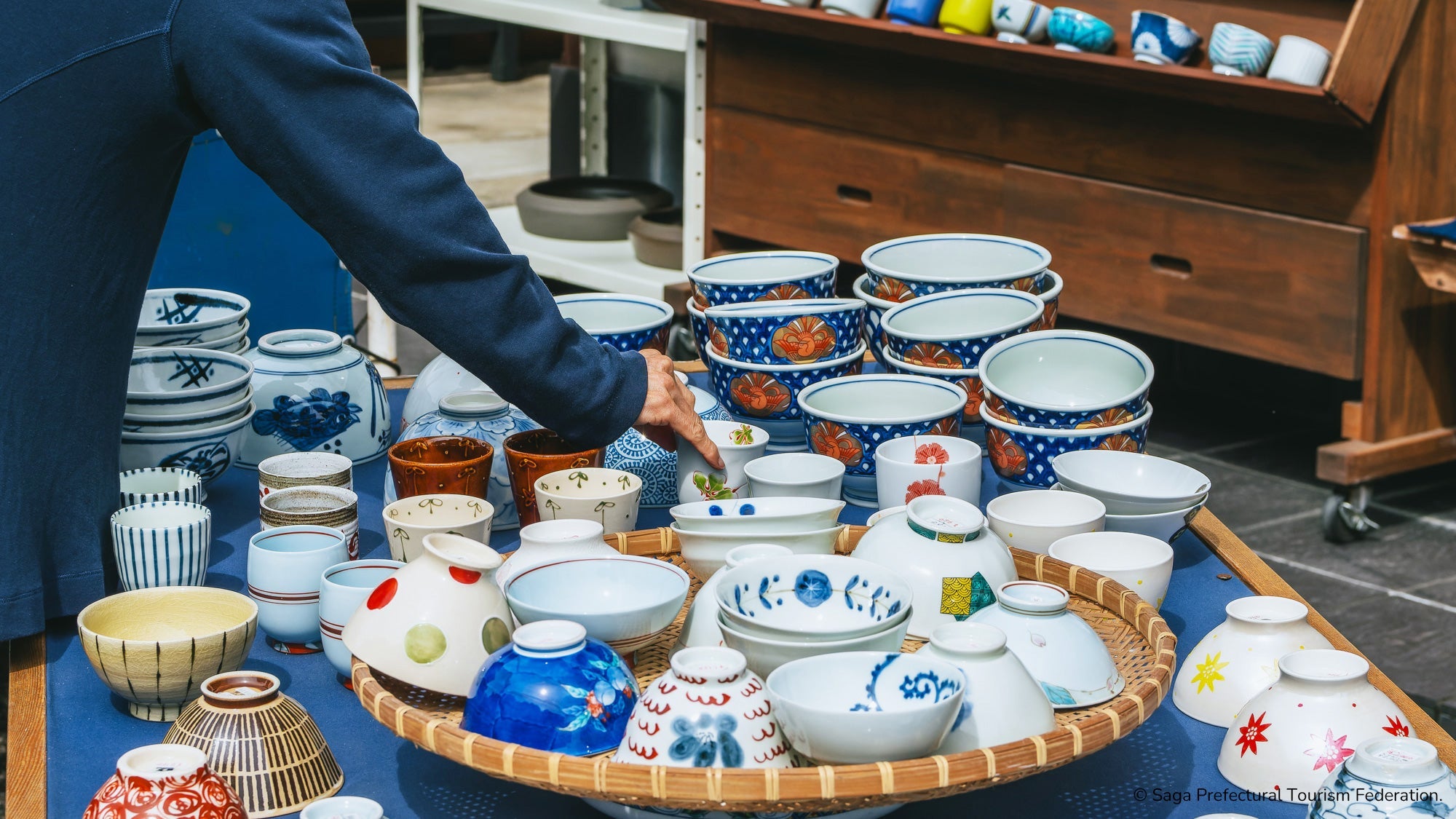
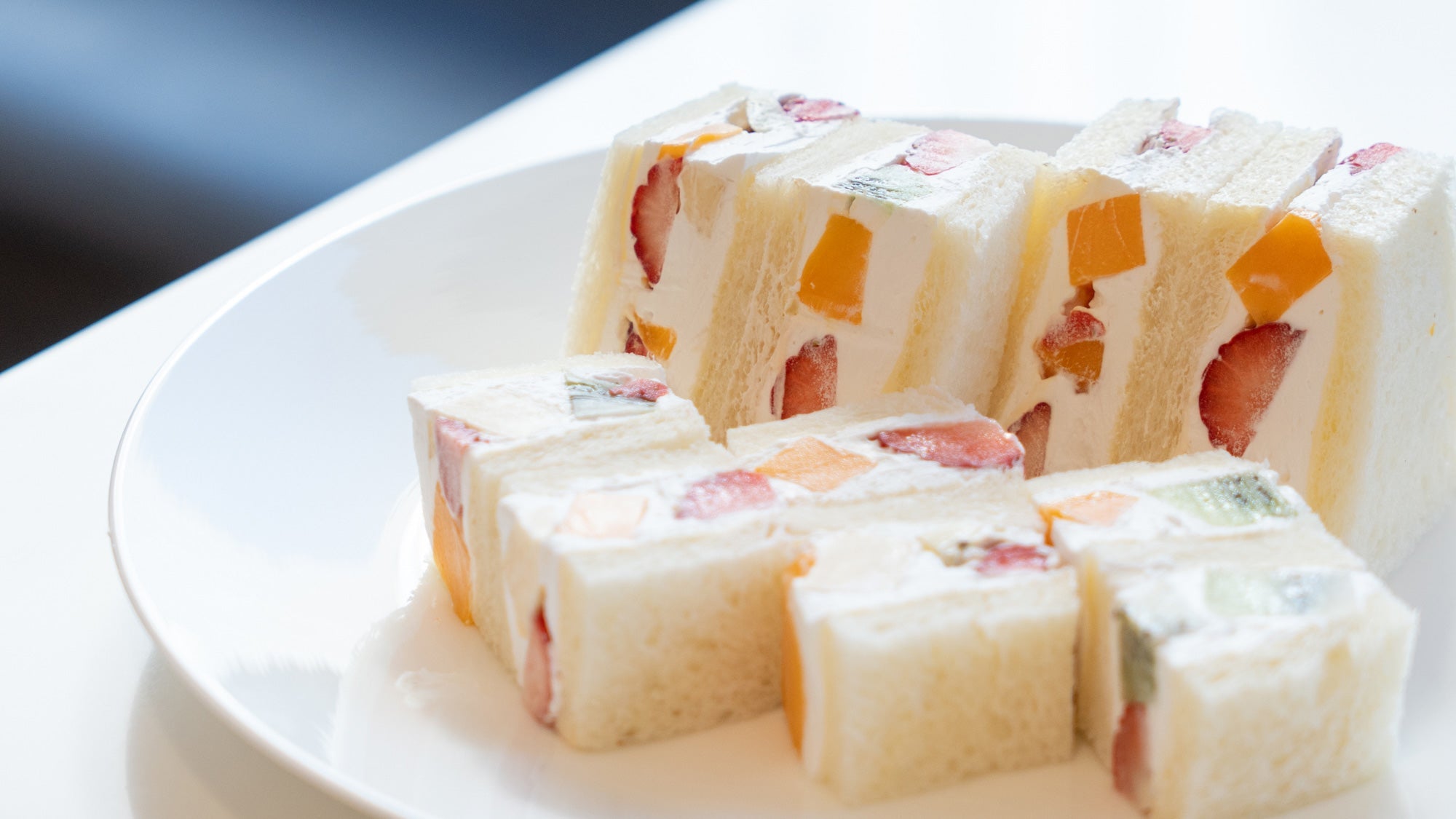

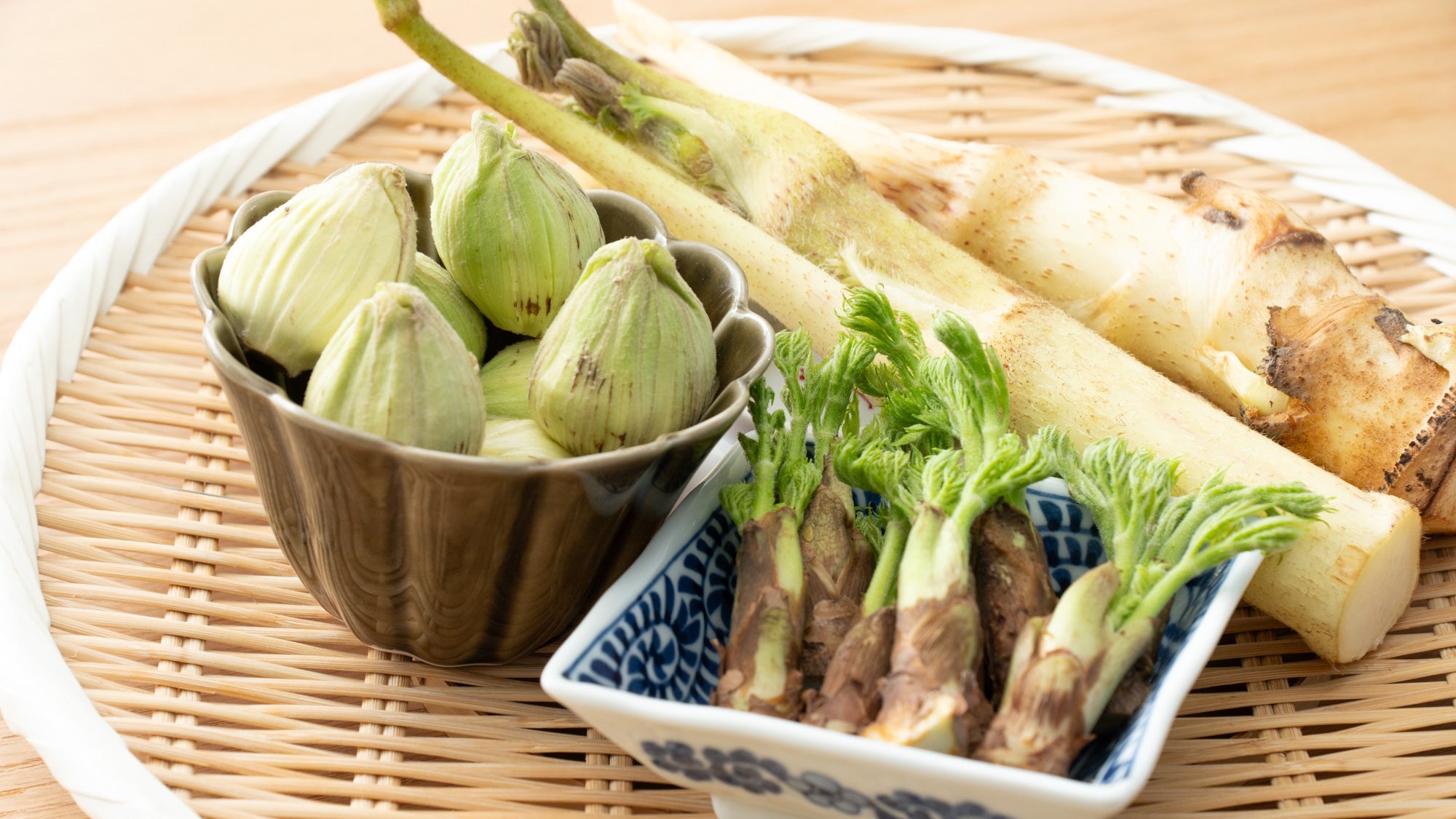

Leave a comment
This site is protected by hCaptcha and the hCaptcha Privacy Policy and Terms of Service apply.